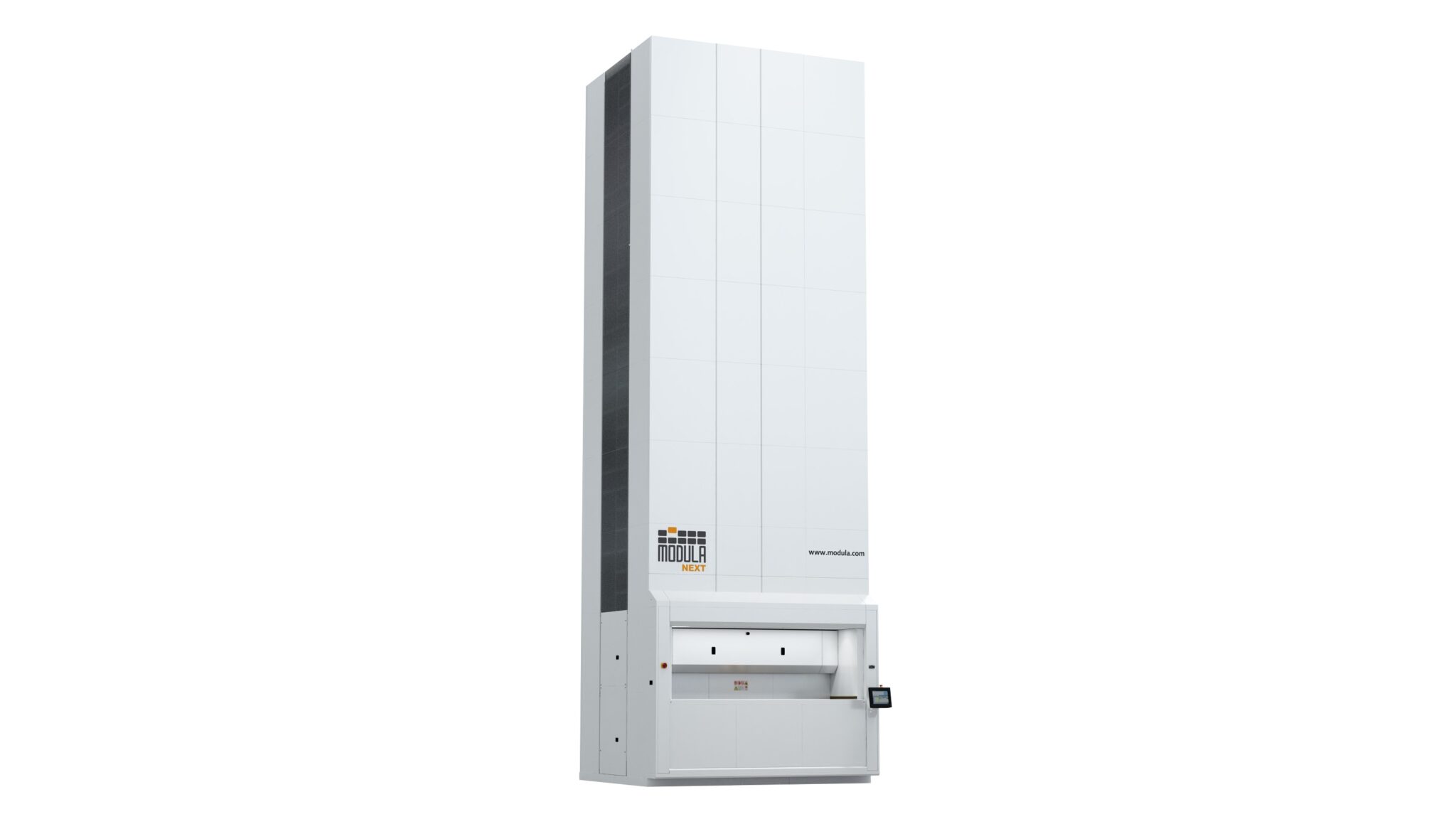Despite the widely reported benefits of AI, particularly adaptive AI, some businesses may still be hesitant to adopt AI or machine learning (ML) technologies due to perceived concerns, such as fear of job loss, privacy concerns, and uncertainty about the reliability of AI predictions, write Dr. Nicholas Wegman, Senior Director – AI Scientist, and Alex Barnes, Senior Director of Product Management, Zebra Technologies.
One common fear heard among employees is that AI will replace jobs. However, research shows that while AI may automate certain tasks, it is unlikely to replace entire jobs, especially when it comes to supply chain planning, inventory management and more.
According to a study by the World Economic Forum (WEF), while AI is expected to displace some jobs, it is also expected to create new jobs and transform existing ones. The WEF’s Future of Jobs report states that by 2025, AI and automation will lead to a net increase of 12 million jobs globally.
Rather than replacing humans, AI is expected to augment human capabilities and improve productivity, allowing employees to focus on higher-level tasks that require creativity and critical thinking which are absolutely required when actioning the demand forecasts and inventory plans.
Business leaders can assuage these fears by providing employees with the necessary training and support to effectively integrate AI into their workflows. By involving employees in the AI adoption process and demonstrating the benefits of these technologies, businesses can help employees feel more comfortable with AI and view it as a tool that can enhance their work rather than a threat to their job security.
Another common concern with AI adoption is privacy. As AI systems analyse vast amounts of data, businesses must ensure that they are protecting customer and employee privacy – as they would with the use of any other technology. This may involve developing strong data security policies and protocols and obtaining the necessary consent from customers and employees for data collection and use – which, again, shouldn’t be much different than what they’re already doing today.
Finally, we know businesses may be hesitant to adopt AI due to uncertainty about the reliability of AI predictions. However, as noted earlier, AI has been shown to provide more accurate predictions than traditional methods, particularly when analysing large datasets. By carefully selecting AI models and continuously monitoring their performance, businesses can ensure the accuracy and reliability of their AI predictions.
To illustrate the benefits of AI in retail and consumer packaged goods (CPG) companies, let’s look at a few real-world examples of how retailers and CPG companies are already leveraging AI for stronger business outcomes.
PacSun, a leading retailer of lifestyle clothing, used AI-powered demand forecasting for allocation and fulfillment, to improve inventory accuracy and reduce stockouts. The system helped the company double its ship completes, forecast and allocate omnichannel demand, and balance inventory between stores, distribution centre (DC), and web-depot locations for in-store and online sales.
In another example, Bimbo Bakeries worked with an AI demand forecasting team to collaboratively tailor an AI-powered demand forecasting and predictive ordering platform to support different front-line workers via custom user interfaces (UIs). Everyone from operations managers to DSD drivers can now open their respective UI to right-size production and localised delivery plans down to a SKU/store/week level factoring seasonality, local events, promotions, and other outside influences that may not be considered with human-led demand forecasting and inventory planning models.
While so many CPG companies – and competing bakery companies – struggled with supply chains and logistics for months on end during the pandemic, the Bimbo team was able to adapt its forecasting and production in less than a month to meet the heightened demand for their baked goods as more consumers started to eat at home amid restaurant closures. In just a few weeks, AI enabled them to right-size their production volumes, adjust delivery routes to avoid out-of-stocks, and properly staff production lines, loading docks and trucks to meet the skyrocketing demand.
Another consumer packaged goods company was required to react and adjust more quickly to inventory planning and order fulfillment to counteract skyrocketing consumer demand for food and consumable products during the pandemic. To optimise business performance in those market conditions, this multi-billion-dollar global company launched a strategy focusing on a competitive advantage by investing in data and analytics. One critical area that promised significant business benefits was order processing and available-to-promise (ATP). The system helped them achieve a 4-5% improvement in case fill rate for strategic customers, and 10x return on investment (ROI) from increased revenue and reduced on-time in-full (OTIF) penalties.
Ready to Improve Margins?
AI offers the potential to revolutionise the retail and CPG industries by optimising demand forecasting, inventory planning, and pricing and promotions. However, businesses must ensure they have the right integration, adoption, and execution strategies in place to fully realise the benefits of AI. By addressing perceived concerns, involving employees in the adoption process, and highlighting various successes, they can overcome barriers and unlock the full potential of AI like Bimbo and PacSun have to optimise margins and gain a competitive edge in the market.
read more
Supply Chain 2024 Predictions






